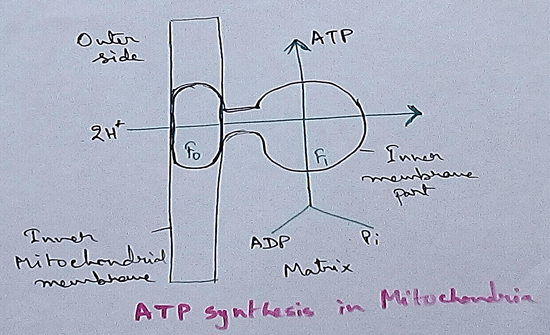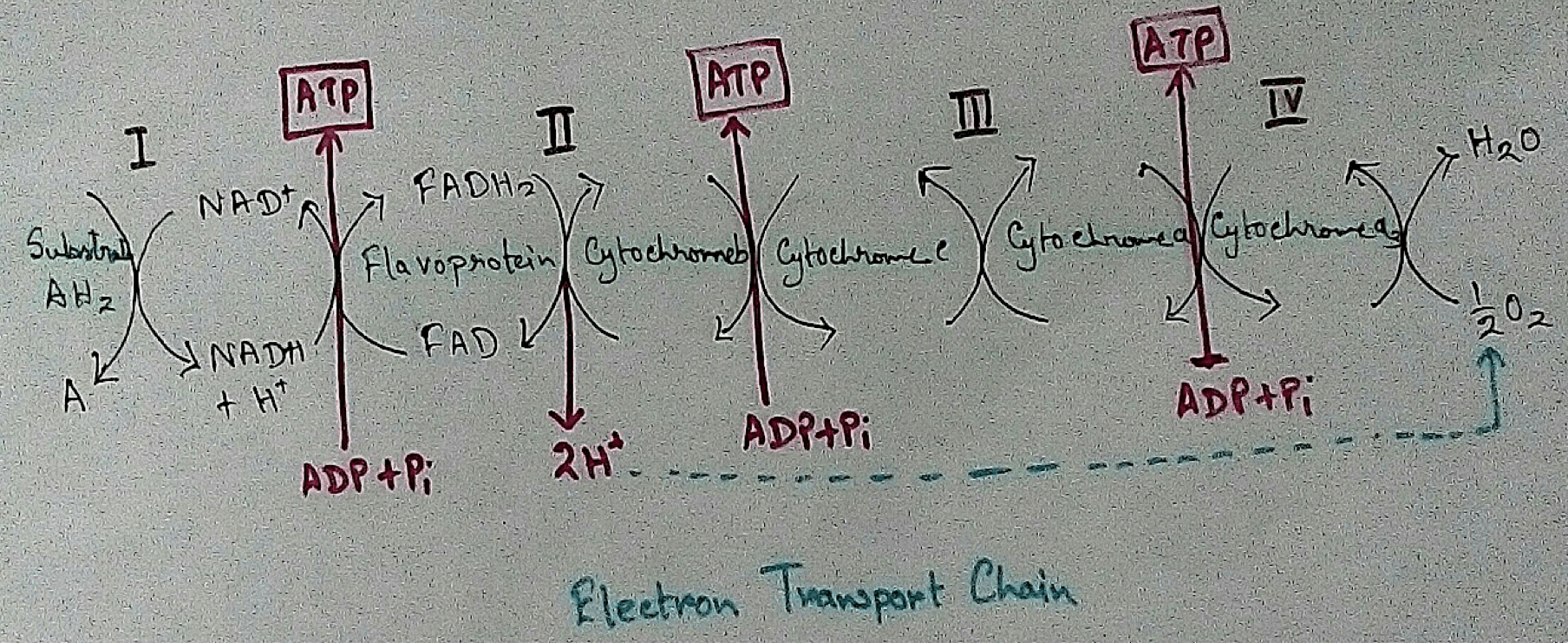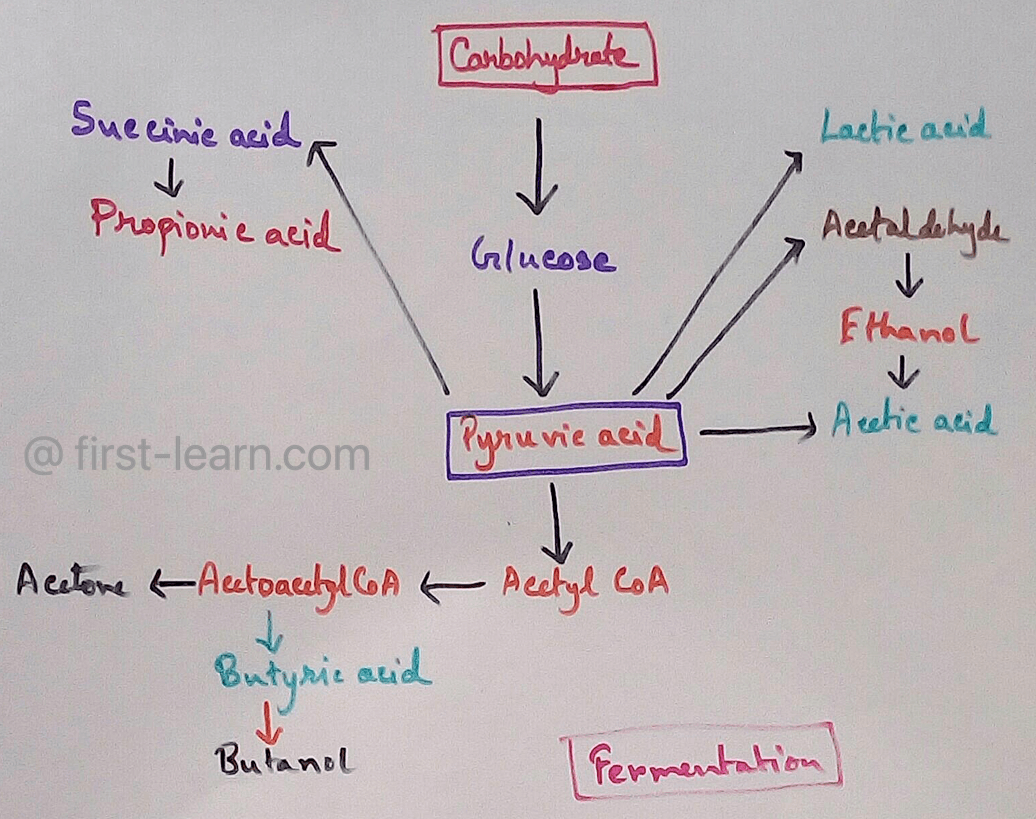Birds and its Food Habits
We will learn about different birds and its food habits.
Birds are the only animals which have feather on their bodies. Like us, birds have two feet. They do not have arms like us, but have wings in place of arms. These wings are attached firmly to their bodies. They have strong muscles to flap them. Wings are very useful to birds. Most of them can fly with the help of their wings.
Most birds are very light in weight due to their thin and hollow bones. Observe the body shape of a bird, it looks like an airplane. The front part of its body is thin but the middle part is broad. This helps them to fly. Birds use their tails to turn or change the direction during flight.
First, a bird jumps in the air and flaps its wings. This helps to push it upwards and forwards in the air. For landing, it spreads its wings and comes down.
Some birds like eagles and vultures fly very high while some birds like parrots, sparrows and crows fly at a low height. Some birds like the kiwi and ostrich are unable to fly although they can run very fast. We will be surprised to know that there are nearly 8600 known kinds of birds in the world.
Birds
and its food habits:
Different birds have different food habits. Birds like parrots and pigeons eat seeds and fruits. Birds like crows and ducks eat both, plant produce and flesh of other animals. Birds like eagles and vultures eat the flesh of other animals.
Animals and its Feeding Habits
Movement and Shelter of Animals
Nesting HabitsFrom Birds and its Food Habits to HOME PAGE
Recent Articles
-
Respiratory Balance Sheet | TCA Cycle | ATP Consumption Process
Feb 18, 24 01:56 PM
The major component that produced during the photosynthesis is Glucose which is further metabolised by the different metabolic pathways like glycolysis, Krebs cycle, TCA cycle and produces energy whic… -
Electron Transport System and Oxidative Phosphorylation | ETC |Diagram
Feb 04, 24 01:57 PM
It is also called ETC. Electron transfer means the process where one electron relocates from one atom to the other atom. Definition of electron transport chain - The biological process where a chains… -
Tricarboxylic Acid Cycle | Krebs Cycle | Steps | End Products |Diagram
Jan 28, 24 12:39 PM
This is a type of process which execute in a cyclical form and final common pathway for oxidation of Carbohydrates fat protein through which acetyl coenzyme a or acetyl CoA is completely oxidised to c… -
Aerobic Respiration | Definition of Aerobic Respiration | Glycolysis
Dec 15, 23 08:42 AM
This is a type of respiration where molecular free oxygen is used as the final acceptor and it is observed in cell. Site of Aerobic Respiration - Aerobic respiration is observed in most of the eukaryo… -
Fermentation | Definition | Types of Fermentation | Application
Nov 29, 23 10:27 PM
Definition of fermentation- It is a process that is energy yielding process of anaerobic oxidation of organic compounds which are carried out by the enzyme action of micro organisms where neither gase…




New! Comments
Have your say about what you just read! Leave me a comment in the box below.